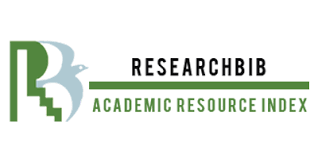TEACHING METHODS BRIDGING THEORY AND PRACTICE
Keywords:
Foreign language, factor, motivation, abilities, barrier.Abstract
This article explores the dynamic relationship between teaching methodology and its practical application in the classroom. By examining established theoretical frameworks, such as constructivism, behaviorism, and cognitivism, we delve into the principles that underpin effective teaching practices. We then analyze specific methodologies like inquiry-based learning, project-based learning, and differentiated instruction, highlighting how these methods translate theoretical concepts into actionable strategies that engage students, promote critical thinking, and foster deeper understanding. Ultimately, this article aims to equip educators with the tools and knowledge necessary to bridge the gap between theory and practice, creating more impactful and enriching learning experiences for all students. The article examines the factors influencing the successful learning of a foreign language. By their relationship and influence on the process of learning a foreign language is presented. The article discusses the measures and aspects of the study of foreign languages.
References
Solovova, E.N. Methods of teaching foreign languages. Basic course / E.N. Solovova - M.: AST, - 238 c.
Tinyakova, V.A. The relationship between the social and cultural development of society through linguistic culture and art.
Flerov O.V. Corporate training in English as a way to improve your level communicative competence of employees of international companies / O.V. Flerov // Modern- P. 116
Galskova, N.D. The theory of teaching foreign languages. Lingvodidactics and methodology / N.D. Galskova - M.: Academy, 2008. - 336 p.
Ershova, O.V. The concepts of “motivation” and “interest” as a means of increasing the effectiveness of control educational activities of university students / O.V. Ershova // Higher education today.







